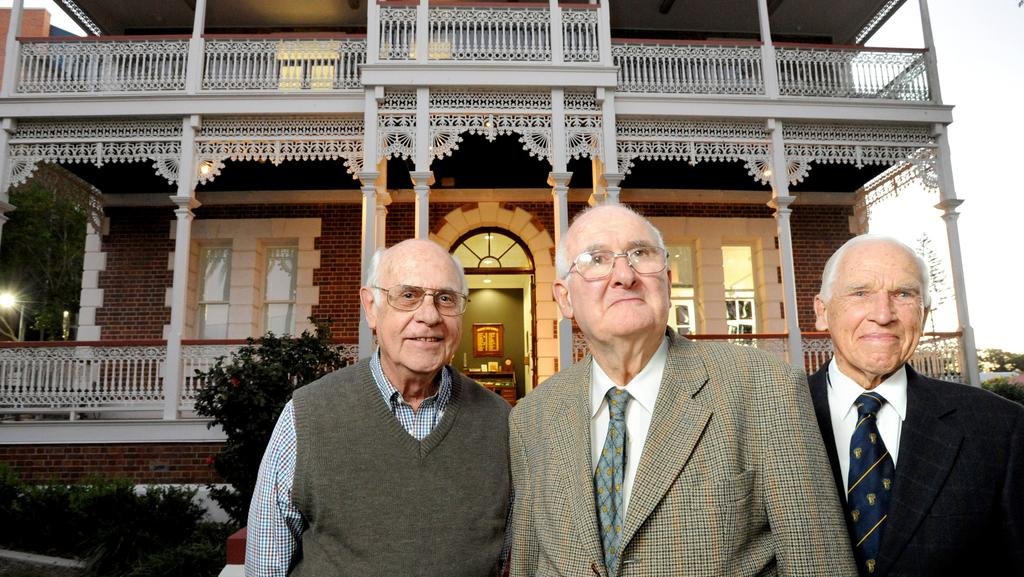The Changing Face of Orthopaedics
The Orthopaedic Department has seen many changes.
Orthopaedics started to gain its own identity at the hospital with the arrival of Dr Ted Reye as Orthopaedic Surgeon in 1961. Orthopaedic patients were nursed at one end of the surgical wards – males on the top floor and women below on the first floor. The building was at the end of East Street and no longer exists.
The first dedicated orthopaedic ward was opened on the fourth floor of a newly completed tower block in 1979.
Judy Blinco, now one of the museum’s volunteers, became charge nurse of the ward in 1982 – a role she continued until 2015.
She recalls that most of the patients were confined to bed. Sponges, pressure care, bedmaking, preparing patients for meals, assisting with feeding and meeting personal needs were a large part of the day. Equipment was cleaned and sterilized on the ward. Cotton balls and combine dressings, the standard, were prepared (cut, rolled, and packaged) on the ward and then sent to theatre for autoclaving. There were lots of weekend chores - cleaning, counting, restocking – and many books to fill out - the sponge book, the temperature book (temperatures were written into a book and later transcribed into the patients notes), the nurses report book (nurses did not write in the patient notes). The patients - mostly young men having had accidents and staying for weeks or months—were usually responsible for lining the books up.
The first total hip replacement by Dr Ron Tilbury created great interest. Special elastic stocking were used and the abduction pillow was also a new concept.
“I can still see the crowd of doctors around the bed that first evening as all the intricacies of the case were discussed,” Judy recalls.
“With the move to the tower block we really missed our verandahs but the air- conditioning was a godsend. The other gem of the tower block ward was the huge plant room that was invaluable for the storage of all the extra equipment. The nurses thought it was home to a friendly ghost until one of the staff was bitten on thefinger by a possum.”
The patient profile was changing. Trauma was being operated on more quickly and length of stay was dropping.
Total hip and knee replacements became more common. Spinal fusions were done for a few years. In the 80’s the orthopaedic ward in the tower block was constantly full to overflowing.
A move to 7D in the new ward block in 1998 saw inpatient numbers dropping. Over the next 15 years the throughput of patients escalated to a point where it was common to change over 50% or more patients a day.
“In all the hustle and bustle it was always good to be able to return to the patient, help them with their shower, clean their teeth, comb their hair, listen to their story and make them comfortable,” Judy says. Currently orthopaedics is housed in 5F in the East Street block, a move made in 2013.
Some interesting statistics show the enormous changes not only in the practice of orthopaedic surgery and care but also in the physical layout of wards.
Pre-1979 the ward had only two toilets. Currently there are 22 toilets on the ward. One shower has been surpassed by 22 showers, two hand basins has increased to 51.
The ward now contains 17 single rooms and 3 x four bed rooms, compared to 2 x 16 beds as part of open surgical wards.
The “Bone Doctors” of Ipswich - Dr Ron Tilbury, Dr David Walters, Dr Ted Reye.



